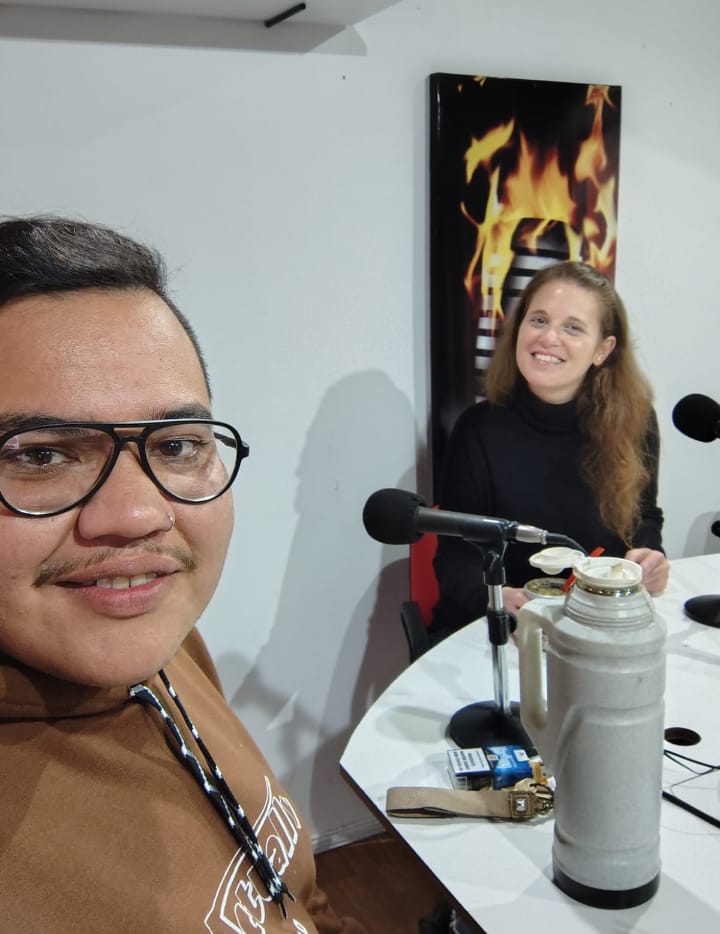While there are profitable ventures in this industry, the driving force is often not money for many owners. When promoting your sober living house, be clear and straightforward in your messaging. Clear marketing messaging will help you attract the ideal target audience as applicants for your sober living investment. Remember that drug and alcohol addiction can affect people from any walk of life, gender, or age. With this in mind, prepare that you may have a mix of residents at any given time. Our sober living homes provide access to many meetings, including 12-Step focused ones.
Staff of the NRC required special training and personal skills to create an orderly and welcoming facility under these conditions(Shaw, 1990). This article describes the evolution of sober housing in California from 1935 to the present. We begin with a description of 12-step housing as it grew directly out of the recovery principles and experiences of Alcoholics Anonymous (AA).
Benefits of Sober Living Homes
You may feel confident doing this on your own or you may want to consider hiring an accountant to handle your filing system to avoid any legal issues in the future. This is a six-month transitional living program specifically designed for men on MOUD in Tulsa. http://dive-arena.ru/13/ Lack of administrative attention suggests that the facility may not be well-run or legitimate, which could put your sobriety at risk. Others may limit or restrict cell phone and internet access because they can act as triggers that could lead to relapse.
- As you work to establish your sober living home, it is best to leverage all marketing tools available to you.
- Try to choose a quality sober living home located outside of your hometown as well.
- By establishing this, you are setting the guidelines for who can stay in your sober living home.
When it’s time for your business taxes to be filed, you’ll need to submit this documentation to your tax filer. If you don’t have an accountant, the time to hire one is before you start your business. If you don’t comply with these rules and other requirements in your state, you won’t be given the green light to do business. After you gather this information, you can use it to move into the next phase of starting a sober living home guide.
Choosing Between Rehab, Sober Living, and Halfway Houses
In your business plan, you’ll identify the sober living homes in the area that serve as your primary competitors. If a geographical area is over-saturated with these homes, it may not be the best location to open a new facility. In contrast, identifying locations in need of more recovery homes can result in better success for your new business. https://www.rawveganmatters.com/doc-can-i-keep-my-wisdom-teeth-and-get-rid-of-the-periodontal-disease-instead/ In Texas, sober living homes are not required to be licensed, but they can voluntarily request a license. Doing so can help ensure that sober housing is regulated and residents are treated fairly. If you are an individual or a group who would like to start a sober living home in your community, Eudaimonia Recovery Homes is here to help.

We’ve created a guide outlining everything you need to know to start a business. By far, the best part about owning and running a recovery house has been what it’s done for my son and me, as it’s probably one of the most rewarding things I’ve ever done in my life. I’ve had people come up to me crying and saying that my son or I have saved their life, their child’s life, or their spouse’s life—and it’s very hard to put a price on that.
What are halfway house rules?
The 12-step house is the original free-standing sober housing created, independently owned, and operated by recovering individuals for the sole purpose of supporting daily sober living. The original design ideas and operational practices created a foundation which remains in force today for several different forms of sober housing that have emerged over the last fifty years, including sober houses in California. Sober living houses are a potential living arrangement for individuals in early recovery after addiction treatment. Sober homes provide an excellent bridge between rehab programs and traditional society. However, residents aren’t required to have participated in rehab before living in most sober homes. Therefore, for this reason, many people in halfway houses have just finished serving jail time or probation.
O’Neill (1990) describes how he and others recovering residents in a state funded sober house in Maryland learned that the funds for rent and counseling were being cut. The residents decided among themselves they could maintain their own recovery if they could keep living together in the house. They therefore signed a lease to continue http://www.interlinks.ru/fragrancenews/7826.html living in the residence and made a commitment to each other to continue abstinence and working on a recovery program. Other groups of individual took up this idea and started additional houses. The result is the Oxford House Charter and the creation of resident-run sober houses now operating nationwide (O’Neill, 1990).
Sober Living with Riviera Recovery
In the 1960s, California cities relied heavily on these institutions as the response to charges of public drunkenness. Arrests for disruptive behavior while intoxicated or trespassing were then more likely to result in holding drinkers for a few hours without charging them. Judges stopped sentencing chronic drinkers to the county farm systems run by local criminal justice systems. Decriminalization at the community level left many public inebriates on the street and increased pressure on local medical resources for short-term detoxification and emergency care (Sweet, 2012).
Setting yourself apart from the competition with a creative and compelling story and mission, and highlighting any previous related success will improve your odds of gaining the trust and business of potential clients within your community. John C. Umhau, MD, MPH, CPE is board-certified in addiction medicine and preventative medicine. For over 20 years Dr. Umhau was a senior clinical investigator at the National Institute on Alcohol Abuse and Alcoholism of the National Institutes of Health (NIH). Oxford House is a democratically peer-run, self-supporting, and drug-free home.



